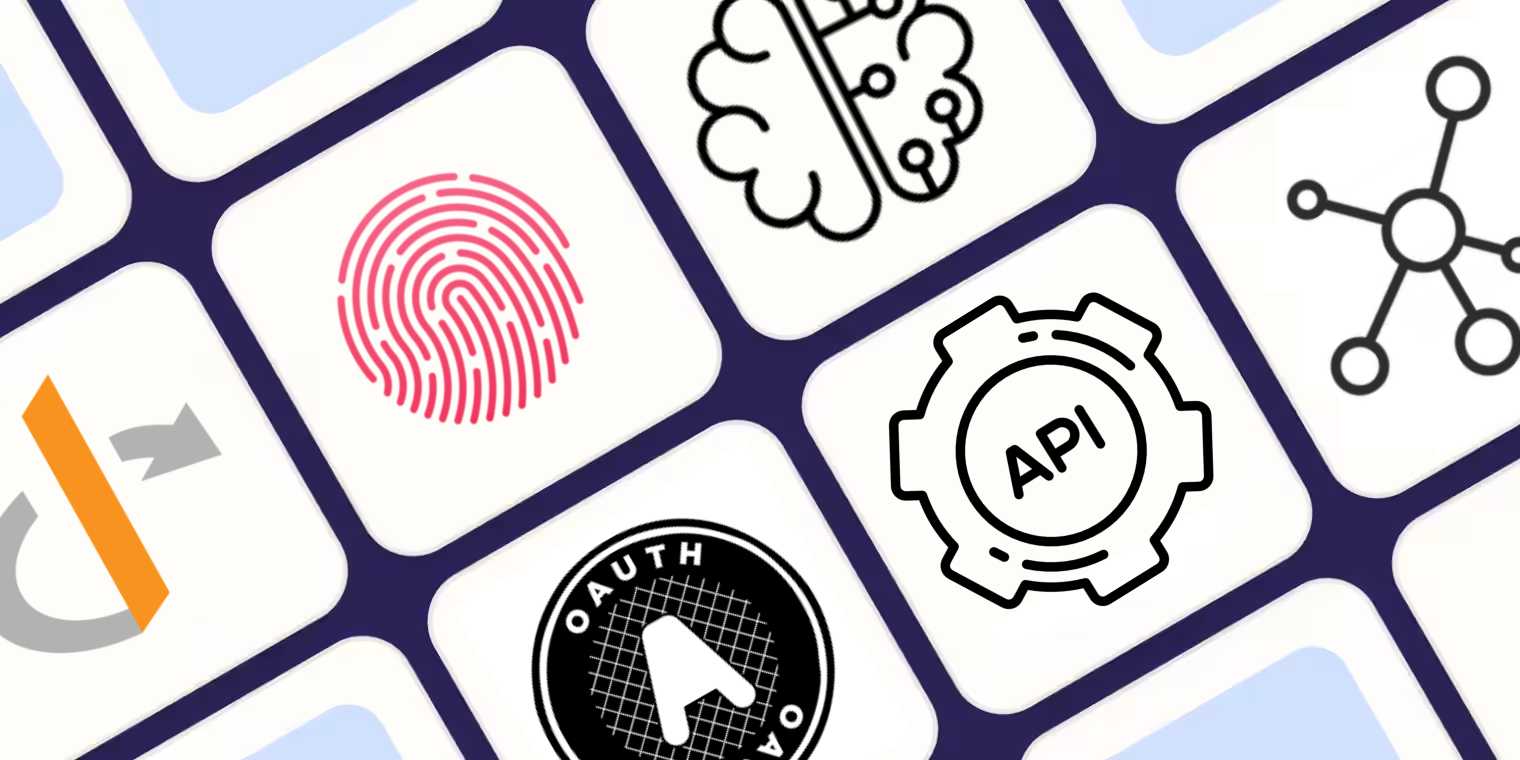IAM Specialists
We assist you in your Identity and Access Management and AI journey
TwoGenIdentity specializes in Identity and Access Management (IAM), AI Agents & MCP Server technologies, leveraging both open-source and commercial technologies to solve complex identity-related challenges.

About us
We are a professional services firm specializing in Identity and Access Management (IAM) projects. In addition to our IAM expertise, we focus on AI-driven innovation - developing intelligent agents, MCP servers and maintaining Agentic AI Identity Access Plus, the first agentic platform purpose-built for IAM. We provide creative and innovative solution in the IAM Space to customers in USA and Europe.
We focus on modern technologies
Proven experience enhancing and optimizing Workforce and CIAM solutions.
Identity and Access Management
We design and implement IAM solutions for improving the user experience and the security of your Organization.
AI Agents & MCP Servers
We develep and implement AI Agents and MCP Server for Open Source Platform
API Security / Fine-grained Authorization
We have experience in modern authorizaton model for applying fine-grained access control in a high performance and flexible authorization / permission system.
IAM Innovations
We build and develop IAM products to offer enhanced experiences in the IAM space.
IAM Keycloak Extensions
We offer the Keycloak Advanced Extension Pack (SPIs) to enhance Keycloak’s functionality. As you might know this is the standard way to add custom functionality to the platform.
Training & Workshops
We provide IAM workshops for explaining how to implement best practices and standards in the Identity Space.
IAM Technologies
We specialize in working with a wide range of platforms in the IAM space, including both open-source and commercial solutions:


Contact Us
We’re here to help address challenges in the fields of Identity & Access Management, Agentic AI, AI agents, MCP, and security based on Zero Trust principles.
Email us
Report an issue
/twogenidentity
Follow us
@twogenidentity